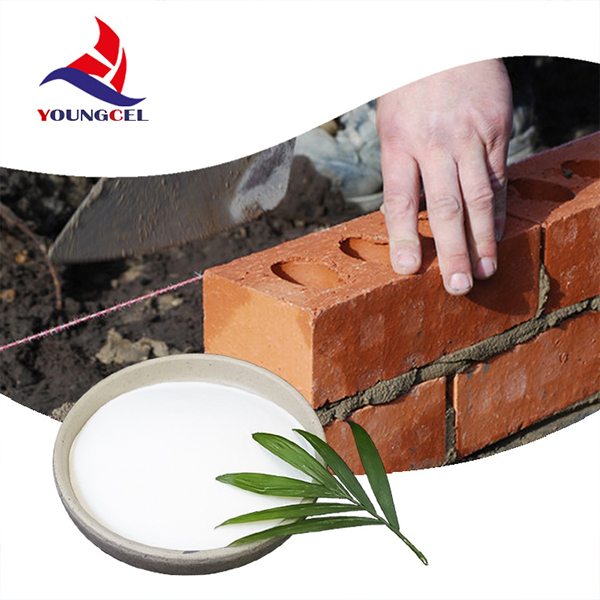The Essential Chemicals for Making Cement
Cement is one of the most widely used construction materials in the world, serving as a primary ingredient in concrete, mortar, and other construction applications. The production of cement is a complex process that involves a variety of raw materials and chemicals. Understanding these chemicals and their roles in cement production is key to appreciating how this essential building material is made.
Key Raw Materials
The primary raw materials used in cement production are limestone, clay, and gypsum. These materials provide the necessary chemical components to create the final product.
1. Limestone (Calcium Carbonate) Limestone is the main source of calcium in cement production. When limestone is heated in a kiln, it undergoes thermal decomposition, resulting in lime (calcium oxide) and carbon dioxide. The reaction is as follows \[ \text{CaCO}_3 \rightarrow \text{CaO} + \text{CO}_2 \uparrow \]
2. Clay (Silicate and Aluminate Phases) Clay provides silica, alumina, and iron oxide, which are essential for the formation of various silicates, such as alite and belite. The oxides present help to create the correct balance in the cement's chemical composition, contributing to strength and durability.
3. Gypsum (Calcium Sulfate) Gypsum is added to the clinker during the final grinding process. Its primary role is to regulate the setting time of cement, preventing it from hardening too quickly. By controlling the hydration of the cement, gypsum ensures that the cement has adequate workability and strength development.
chemicals for making cement

Chemical Reactions in Cement Production
Cement production involves several key chemical reactions. The most significant of these occur during the clinkering process in the rotary kiln. At temperatures exceeding 1400°C (about 2550°F), the limestone and clay undergo various chemical transformations
1. Formation of Clinker Phases The primary compounds formed during clinkering are tricalcium silicate (C3S), dicalcium silicate (C2S), tricalcium aluminate (C3A), and tetracalcium aluminoferrite (C4AF). These compounds are responsible for the strength and other properties of cement. Their formation can be summarized as follows \[ \text{3CaO} \cdot \text{SiO}_2 \quad (C3S) \quad \text{and} \quad \text{2CaO} \cdot \text{SiO}_2 \quad (C2S) \] \[ \text{3CaO} \cdot \text{Al}_2\text{O}_3 \quad (C3A) \quad \text{and} \quad \text{4CaO} \cdot \text{Al}_2\text{O}_3 \cdot \text{Fe}_2\text{O}_3 \quad (C4AF) \]
2. Hydration Reactions Upon mixing with water, cement undergoes hydration, which is a highly exothermic process. The key hydration products include calcium silicate hydrate (C-S-H) and calcium hydroxide. The formation of C-S-H is crucial for achieving strength and sustainability in the final concrete product \[ \text{C3S} + \text{H}_2\text{O} \rightarrow \text{C-S-H} + \text{Ca(OH)}_2 \]
Conclusion
The chemistry of cement production is fundamental to constructing durable and resilient structures. The careful selection and combination of raw materials, along with controlled chemical reactions during cement manufacturing, ensure the desired properties of cement are achieved. As the construction industry continues to evolve, understanding the chemistry of cement will play a critical role in developing sustainable practices and improving the performance of concrete structures while minimizing environmental impacts.
-
Premium Detergent Grade HPMC Hydroxypropyl Methylcellulose: Superior Thickening & StabilityNewsAug.31,2025
-
HEC 100000 Hydroxyethylcellulose for Paint | Superior ThickeningNewsAug.30,2025
-
Wall Putty Rdp Powder Packaging DesignNewsAug.29,2025
-
Introduction to Hpmc Hydroxypropyl Methyl CellulosNewsAug.29,2025
-
Hpmc Industri Grade IntegrationNewsAug.29,2025
-
How to Choose the Right Construction AdhesiveNewsAug.29,2025




